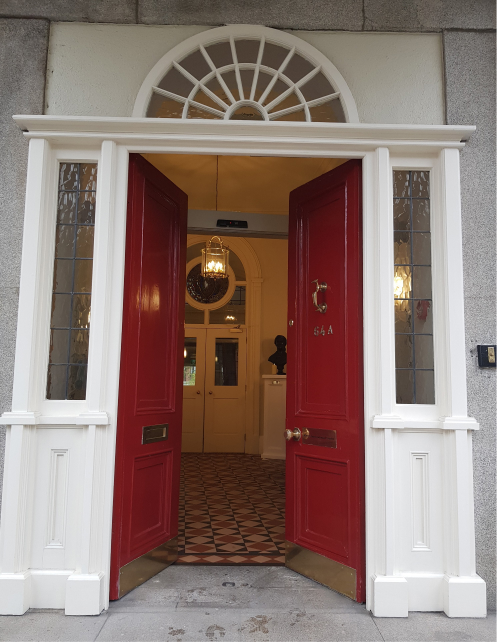The Telford Voluntaries (CD)
Recorded at Mercy International Centre between 30 May and 6 June 2003. Notes by Paul McKeever
Paul McKeever, an Organist and Director of Music, wrote three pieces to celebrate the reconstruction of the Telford Organ: Voluntary No. 1 in G, Voluntary No. 2 in C and Voluntary (Trumpet) No 3 in D. He choose a quasi 18th Century style to acknowledge Telford’s inclusion of the retrospective CC manual compass. Each piece uses notes from this lower compass.
Voluntary No. 1 in G from Telford Voluntaries
01. Adagio
02. Allegro, ma non troppo
Schumann wrote the Six Pieces in Canonic Form in 1845 for the Pedal Diano, an instrument he used to help him practice playing the organ.
Study No. 1 from Six Pieces in Canonic Form. Op.56
01. Nicht zu schnell
Voluntary No. 2 in C from Telford Voluntaries
01. Prelude (Adagio)
02. Pastorale (Andante et dolce)
03. Fugue (Allegro)
Telford is said to have copied the famous French organ builder Cavaille-Coil in having a reversed console. Franck, the “father of composers of music conceived for the latter’s instruments, had this work published in 1868.
Prelude, Fugue and Variation. Op.18 from Six Pieces
01. Prelude (Andantino, Cantabile)
02. Lento
03. Fugue (Allegrelto, ma non troppo)
04. Variation (Andantino)
Study No. 5 from Six Pieces in Canonic Form. Op. 56
01. Nicht zu schnell
This work by Boely is forward looking and very expressive in comparison to his earlier “classical” styled compositions. The fugue is in the unusual key of B Flat minor and cleverly introduces the rhythmic motif of the fantasy as a developed countersubject.
Fantasy and Fugue
01. Allegro
02. Moderato Allegro
This collection of pieces by Bach, is said to comprise somewhat the form of a Suite. The titles of the three latter movements are suggestive of those belonging to that form.
Pastorale (BWV 590)
After Pat Donne (Sound Engineer) & Paul McKeever had finished the official recording, Paul found a book nearby the console. As he opened it, this well-known antiphon popped out and what you hear is what happened after that.
Improvisation
01. On the plainchant antiphon: Ave Maria
Study No. 4 from Six Pieces in Canonic Form. Op. 56
01. Innig
Voluntary (Trumpet) No. 3 in D from Telford Voluntaries
William Telford, the leading Irish organ builder of his day, installed the organ in 1844, incorporating parts and pipes from an earlier instrument. An interesting feature in the unusual manual compass (CG to g in alt. 61 notes) and even more unusual was the provision of the extended compass to the Swell division, which at the time usually went no lower that Tenor C. Over the years, the organ was augmented by the addition of several registers, and the range of the pedals altered from the original 13 notes commencing CG to Telford’s later standard of 25 notes commencing CCC. The various additions inevitably cluttered the internal layout so that maintenance access was seriously compromised, and when after a century of service the instrument eventually became unplayable it was found impossible to make effective and lasting repairs. This lead to a decision around 1970, to discard the original mechanical action and to replace it with an electric action played for a new, one manual console situated downstairs. At the same time, the complement of pipes was reduced from 900 to about 600. The decision to alter the organ in this way can now be seen to have been unfortunate. The organ was reconstructed in 1999 by Trevor Crowe, incorporating as much as possible of the exlant material, including the original detached and reversed console of 1844, which had miraculously been left untouched in its original location on the gallery. Missing pipes were replaced by restored contemporary Telford Pipes, or where necessary by new pipes made and voiced in the original Telford style


)
)
)